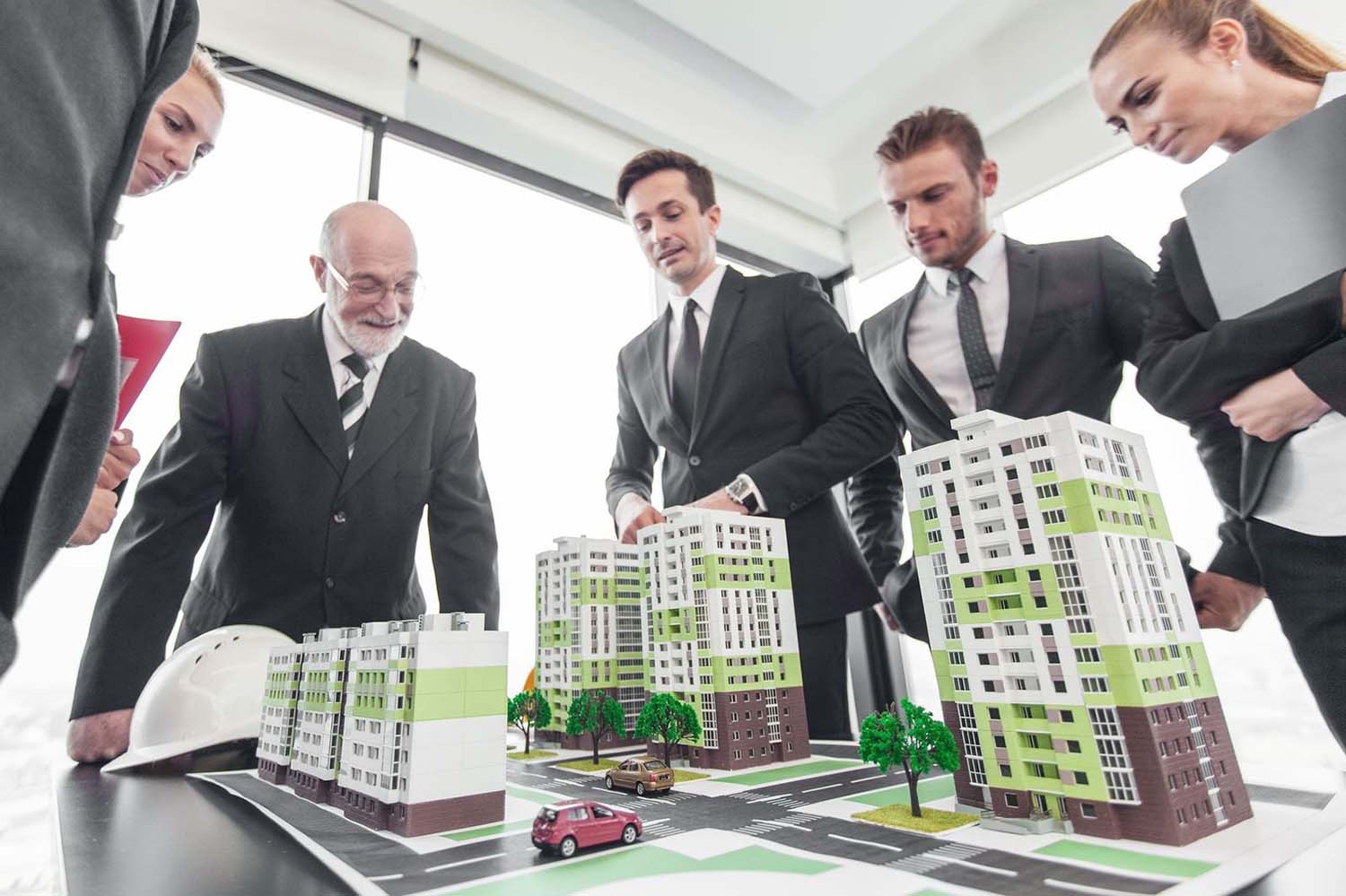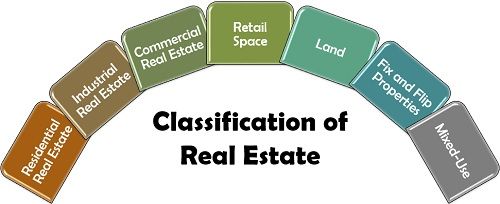Real Estate Development, and categories
WHAT IS REAL ESTATE DEVELOPMENT?
Real estate development is a multifaceted process that involves the creation, improvement, and management of real property to increase its value and functionality. It typically encompasses a range of activities, including:
1. Land Acquisition: Real estate developers identify and acquire suitable parcels of land or existing properties for their projects. This involves conducting feasibility studies to assess the potential for development, including zoning regulations, environmental considerations, and market demand.
2. Planning and Design: Developers work with architects, urban planners, and designers to conceptualize and design the project. They create blueprints, site plans, and architectural drawings that outline the layout, aesthetics, and functionality of the development.
3. Financing: Securing the necessary funds to undertake the project is a crucial step in real estate development. Developers may use a combination of equity, loans, and partnerships to finance their ventures. They also prepare financial projections and business plans to attract investors or lenders.
4. Regulatory Approvals: Developers must navigate local zoning laws, building codes, and other regulatory requirements to obtain the necessary permits and approvals for construction. This often involves public hearings, environmental impact assessments, and negotiations with local authorities.
5. Construction: Once approvals are obtained and financing is in place, the physical construction of the development begins. This involves hiring contractors, managing construction schedules, and ensuring quality control.
6. Marketing and Sales: Developers market the properties to potential buyers or tenants, creating advertising campaigns and sales strategies. This is often done through real estate agents or agencies.
7. Property Management: In the case of rental properties or mixed-use developments, developers may also handle property management, which includes maintaining and operating the facilities, collecting rents, and addressing tenant issues.
8. Completion and Handover: After construction is completed, the developer transitions the property to its intended use. In the case of residential projects, this involves handing over homes to buyers. For commercial or mixed-use developments, tenants and businesses may move in.
9. Ongoing Operations: Depending on the project, developers may remain involved in the long-term management and maintenance of the property, especially in cases where they retain ownership or have a stake in the ongoing success of the development.
Real estate development can encompass a wide range of property types, including residential, commercial, industrial, and mixed-use developments. The goal of development is to enhance the value of the property and meet the needs of the market while complying with legal and regulatory requirements. Successful real estate development requires careful planning, financial acumen, market research, and effective project management.
CLASSIFICATION OF REAL ESTATE
Real estate can be categorized into several different types.
Residential Real Estate: Residential real estate includes properties primarily used for housing, such as single-family homes, condominiums, townhouses, and apartment buildings. People typically buy or rent these properties for the purpose of living in them.
Commercial Real Estate: Commercial real estate comprises properties used for business purposes. This category includes office buildings, retail spaces, shopping centers, warehouses, and industrial facilities. Commercial real estate is leased or purchased by businesses to conduct their operations.
Industrial Real Estate: Industrial real estate includes properties designed for industrial activities, manufacturing, and logistics. Examples include factories, distribution centers, and industrial parks.
Land: Land is a fundamental component of real estate. It can be vacant or improved with structures. Land can be used for various purposes, such as agricultural, residential, commercial, or industrial development.
Mixed-Use Real Estate: Mixed-use developments combine different types of real estate within a single project. For example, a mixed-use development might have a combination of residential, commercial, and recreational spaces in one complex.
Special Purpose Real Estate: Some properties have specific, specialized purposes, such as hospitals, schools, religious institutions, or government buildings. These are considered special purpose real estate.
Real Estate Investment: Real estate can also be an investment asset. Investors purchase real estate with the expectation of generating rental income, capital appreciation, or both. Real estate investment can take the form of owning physical properties, real estate investment trusts (REITs), or real estate partnerships.
Real estate is an integral part of the global economy and plays a significant role in wealth creation and wealth preservation for individuals and businesses. The value of real estate can fluctuate based on factors such as location, market conditions, economic trends, and supply and demand dynamics. Real estate transactions often involve legal contracts, financing arrangements, and regulatory compliance, making it a complex and regulated field.

